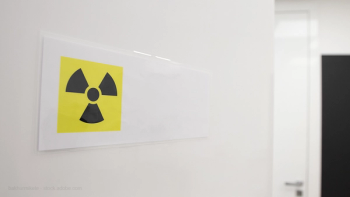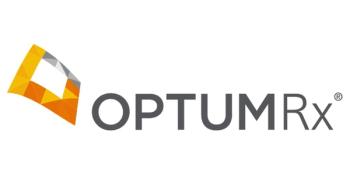
Post-stroke drug combo linked to lower risk of stroke recurrence
Dr OvbiageleFor recent ischemic stroke patients, using an optimal combination of evidence-based secondary prevention medication classes, compared to not doing so, was associated with 61% lower odds of experiencing a recurrent stroke, according to a study published online in Neurology.
Dr Ovbiagele
For recent ischemic
Bruce Ovbiagele, MD, of the Medical University of South Carolina in Charleston, and Jong-Ho Park, MD, PhD, chief thoracic surgeon and director of the Cancer Center at the Korea Cancer Center Hospital in Seoul, Korea, wanted to qualify and quantify the impact of suboptimal use of proven secondary prevention drug classes on risk of major clinical events after a recent stroke.
In an analysis of data from an international randomized, controlled trial, Drs Ovbiagele and Park applied an already published algorithm for determining the appropriateness of secondary prevention drug classes in high-vascular risk patients.
In this 4-level algorithm, patients were categorized by appropriateness levels from 0 to 3, depending on the number of drugs prescribed and the number of drugs potentially indicated for each patient. For example, a given patient would get a level 0 if none of the 2 to 3 indicated medication classes were prescribed or if a patient was on all indicated drugs they would be designated a level 3.
“It should be pointed out that when we tried a different approach to the appropriateness algorithm-and instead just utilized a simple approach of just counting the number of medication classes prescribed-we found very similarly favorable results for those recent stroke patients who were on the triple therapy of an antithrombotic agent, lipid modifier, and antihypertensive drug,” Dr Ovbiagele said.
“All combinations of dual therapy compared to monotherapy were also of greater benefit with roughly similar magnitudes of effect,” he added.
The findings suggest that to improve the chances of favorable outcomes, clinicians caring for recent ischemic stroke patients should ensure that all appropriate secondary prevention drug classes are prescribed and sustained, according to Dr Ovbiagele.
“Stroke is a costly disease,” he said. “Since the risk of stroke doubles for every successive decade over the age of 55 years, as our population ‘grays’ due to better survival, there are going to be many more people experiencing strokes.”
Up to 20% of recent stroke or transient ischaemic attack (TIA) patients experience a recurrent stroke within 3 months, and its effects are often more disabling than the prior event, according to Dr Ovbiagele.
“This means that averting that recurrent stroke could limit a prolonged future re-hospitalization and with [Centers for Medicaid & Medicare Services] getting ready to penalize hospitals/systems for early re-hospitalizations, making sure to institute strategies to optimize the use of secondary prevention medication classes after stroke will be important,” he said.
Newsletter
Get the latest industry news, event updates, and more from Managed healthcare Executive.




















































